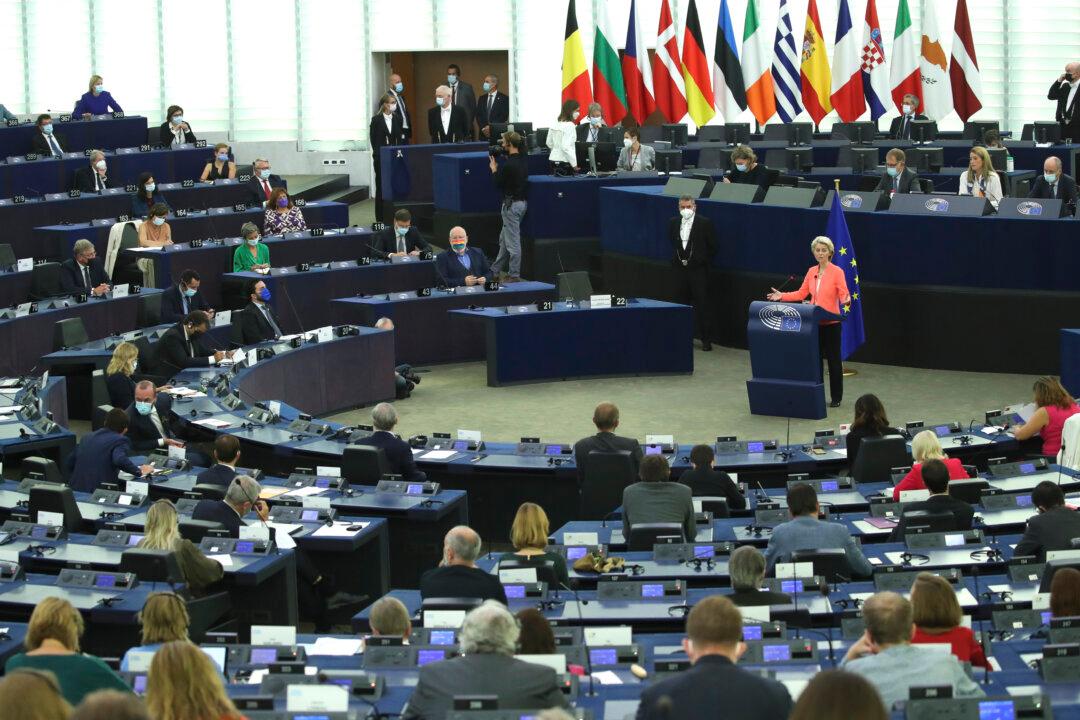Eurozone output contraction extended into the fifth month after a key index released November data, although the pace of decline eased from October, indicating some tough times ahead for the continent’s economies.
“A fifth consecutive monthly falling output signaled by the PMI [Purchasing Managers’ Index] adds to the likelihood that the eurozone is sliding into recession,” said Chris Williamson, chief business economist at S&P Global Market Intelligence, regarding the Eurozone Composite PMI data (pdf). “However, at present, the downturn remains only modest, with an easing in the overall rate of contraction in November means so far the region looks set to see GDP contract by a mere 0.2%.”





